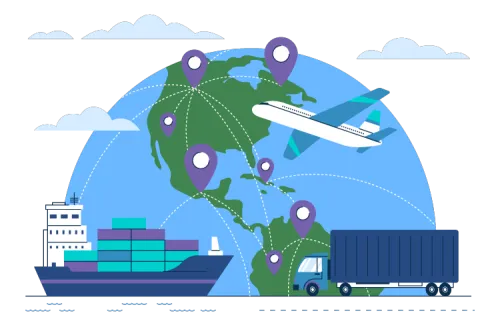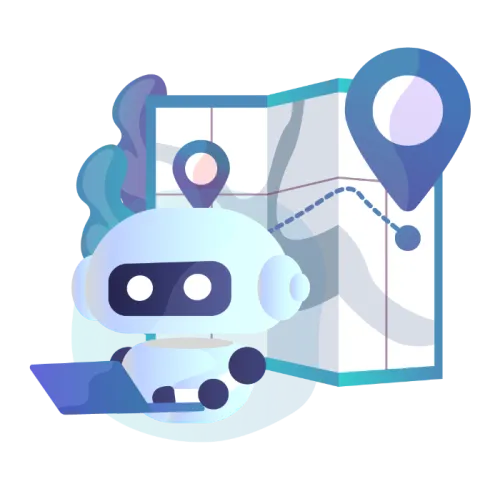
Estrategias Avanzadas para Automatizar Procesos Empresariales enfocados en la Industria Retail
La automatización de procesos se ha vuelto esencial en entornos empresariales modernos, agilizando operaciones y

Accede a tu información en el momento adecuado para emprender acciones efectivas.

Con soluciones ágiles e intuitivas que permiten diseñar una experiencia para tus clientes.

Eliminando tareas repetitivas y manuales, optimizando los procesos de cada área.

A través de la reinvención de tu modelo de negocio y garantizando tu retorno de inversión.
Expertos en orquestar tecnologías, procesos, datos y personas a través de soluciones líderes en su ramo, resolviendo retos complejos e impactando en el logro de tus objetivos de negocio desde un enfoque de disrupción digital.






Control de Inventarios De Anexo 24 y 30
Plataforma de Aplicaciones Inteligentes de Comercio Exterior
Gestor Documental

Somos una organización orgullosamente mexicana con más de 24 años de especialidad en la consultoría, desarrollo e implementación de soluciones tecnológicas enfocadas en digitalizar los procesos vitales de negocio por vertical, con el apoyo de nuestras soluciones propias y plataformas líderes en su ramo.
Somos el aliado tecnológico en cada etapa del proceso de digitalización con el apalancamiento de nuestras soluciones, buscando el cómo sí, anteponiendo nuestros valores, y en conjunto lograr sus objetivos de negocio.

Brindamos asesoría oportuna con base en un diagnóstico de los objetivos de negocio y procesos de cada área de tu organización.
Implementamos soluciones tecnológicas innovadoras y ágiles, enfocadas en digitalizar los procesos vitales de negocio por vertical.


Con más de 24 años de especialidad, te ofrecemos soluciones basadas en las mejores prácticas para impulsarte a cumplir tus objetivos de negocio.

Somos expertos en orquestar tecnologías, procesos, datos y personas de manera funcional y customizable, a través de soluciones ágiles e innovadoras.

La automatización de procesos se ha vuelto esencial en entornos empresariales modernos, agilizando operaciones y
Ingresa tu correo y realiza tus descargas.
* Protegemos tus datos personales.